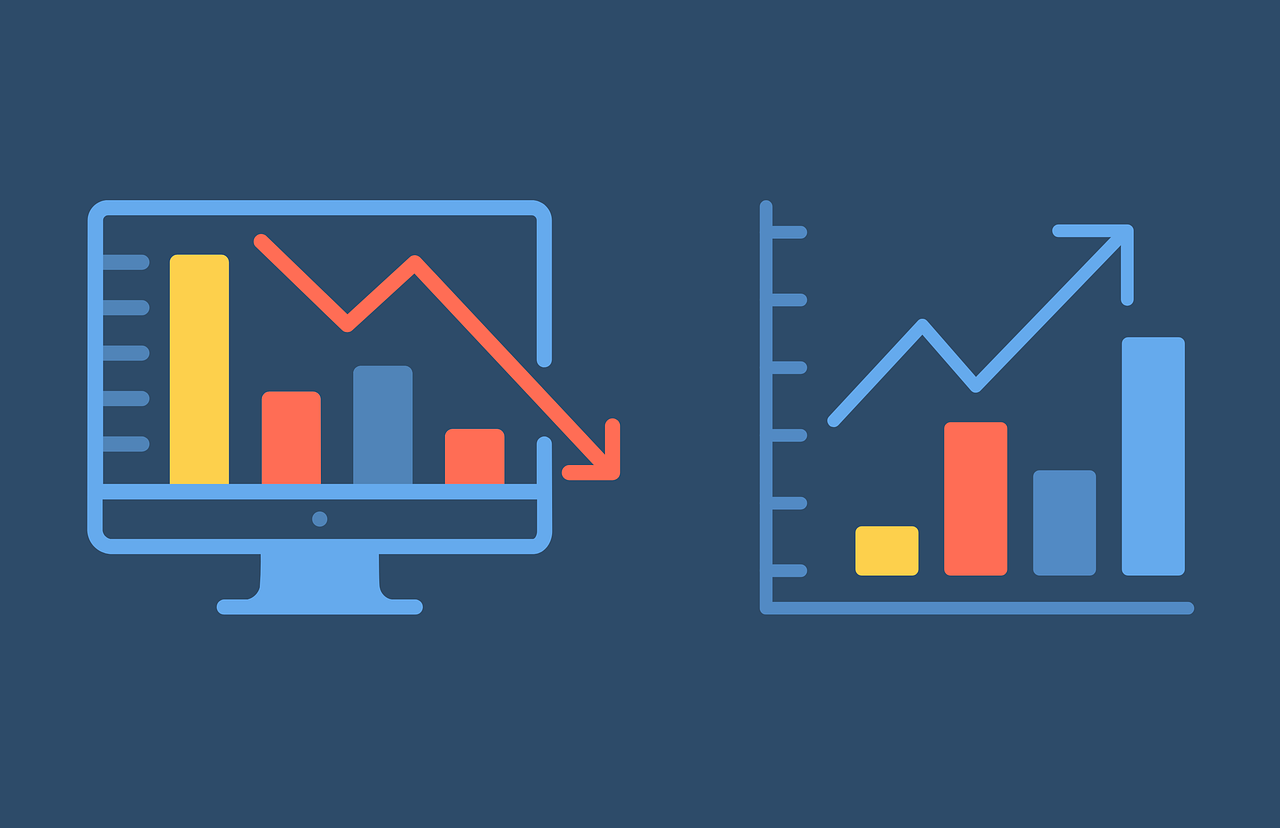
The break-even point is associated with the profitability threshold.
Breakeven point is a concept in economics and finance that refers to the level of sales where fixed and variable costs are covered . This assumes that the company , at its equilibrium point, has a profit that is equal to zero (it does not earn money , but it does not lose either).
It should be noted that balance , from the Latin aequilibrĭum , is the state where two opposing forces compensate and destroy each other. Balance is harmony between diverse things and equanimity.
At the break-even point, therefore, a company manages to cover its costs. By increasing your sales, you will be able to be above the break-even point and will obtain positive profit . On the other hand, a drop in your sales from the break-even point will generate losses .
Calculating the break-even point
Estimating the break-even point – also called break-even point – allows a company, even before starting operations, to know what level of sales it will need to recover the investment . If the costs are not covered, the company must make modifications until a new balance point is reached.
In this case, if what a company wants to know is the number of units of its product or products that it must sell to reach the break-even point, the operation is very simple. You must divide the fixed costs by the result of subtracting the unit variable cost from the sales price per unit.
If, on the other hand, what you want is to know that balance point through the calculation for sales, the formula would be the following: you have to divide the fixed costs by 1 – the result of dividing the total variable cost by the total sales.
An equally interesting way to calculate and clearly see where a company's break-even point is is by using a graph. In this way, the units to be produced and sold would be established on the x-axis, while the value of income (sales), costs and expenses would be represented on the y-coordinate axis.

By analyzing the break-even point, an operating loss can be detected.
The importance of costs
To find its break-even point, the company must perform a cost analysis. This calculation must consider all disbursements (that is, all money out of the company's coffers). It is also necessary to classify costs into variables (they vary according to the level of activity) and fixed. The next step is to find the unit variable cost , which is the result of dividing between the number of units manufactured and the units sold. Then the balance point formula can be applied, check the results and analyze them.
In this sense, it is important, and this is recognized by finance experts, that within the costs special attention be paid to the so-called indirect manufacturing costs because possibly in them there will be a series of variable costs that are really important and fundamental to the Time to find the balance point.
These manufacturing costs as well as labor and raw materials are three of the vital elements to keep in mind to make accurate calculations.

The cost of production and pricing are key to the break-even point.
Examples of balance point
Take the case of a soccer ball manufacturer . This company has fixed costs of $50,000 and a cost of sales of $2,000 . The sale price he established, meanwhile, is $3,000 .
To calculate the break-even point in units , the fixed costs must be divided by the result of the subtraction of the sales price and the cost of sales. Therefore, in this case the following calculation must be carried out:
50,000 / (3,000 – 2,000)
50,000 / 1,000
Breakeven point = 50
This means that, if the company sells 50 balls , it will reach its breakeven point. This elementary financial analysis reveals that, according to this cost-benefit relationship, to achieve profits you will have to encourage demand and sell more than 50 balls. You also have the opportunity to modify your pricing strategy or try to reduce your overall cost.
Let's now think about a hamburger restaurant . Its fixed costs amount to $150,000 , with a selling cost of $1,000 and a selling price of $4,000 .
In this example, we can calculate the breakeven point in value with its corresponding formula:
150,000 / 1 – (1,000 / 4,000)
150,000 / 1 – 0.25
150,000 / 0.75
200,000
In this way, this business must achieve sales of $200,000 to reach its breakeven point. With the figures mentioned, the restaurant will have to sell 50 hamburgers to breakeven or more to achieve profitability .
Clearly, in real life, analyzes are not so simple. Net profit can be affected by multiple variables and other financial indicators and factors such as amortization , inflation , etc. must be taken into account.
Returning to the example of the hamburger shop, the marketing department can suggest working on positioning the brand among young people through advertising on social networks and special offers. Although this strategy can serve to increase sales, it also increases costs, so the break-even point will be different .
